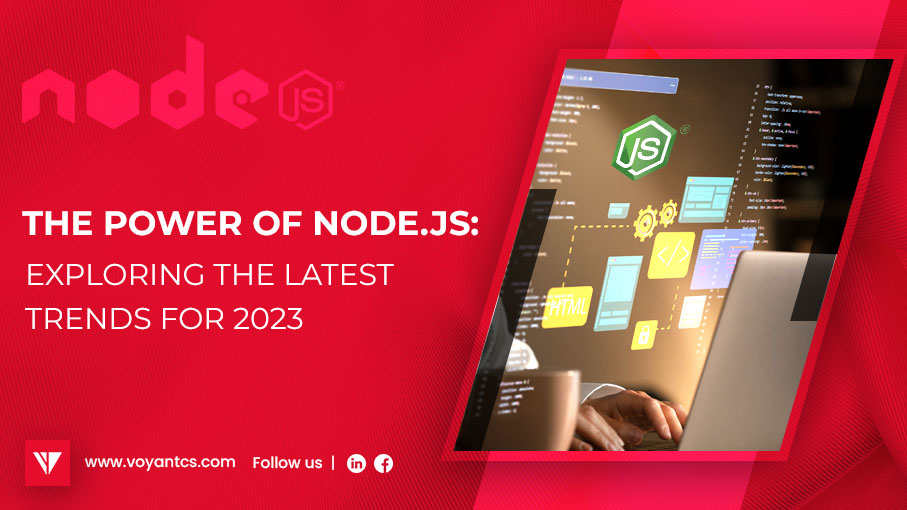A framework, which is a set of libraries and tools, provides a basic structure and features for developing web applications. However, not all frameworks are appropriate for every project, as…
READ MORETag: Node JS
Top 30 Node.js Interview Questions and Answers [For All Levels]
Node.js is a cross-platform, open-source JavaScript runtime environment that allows developers to create server-side tools and applications in JavaScript. It is built on top of the Google Chrome V8 JavaScript…
READ MOREThe Power of Node.js: Exploring The Latest Trends for 2023
Node.js has revolutionized the world of web development with its efficient and scalable server-side capabilities. As the demand for fast, real-time applications grows, Node.js has emerged as the go-to framework…
READ MORE
![Top 30 Node.js Interview Questions and Answers [For All Levels]](https://voyantcs.com/wp-content/uploads/2023/09/Voyantt-CS-Top-30-Node-JS-interview-questions-and-answers-for-all-levels.png)
